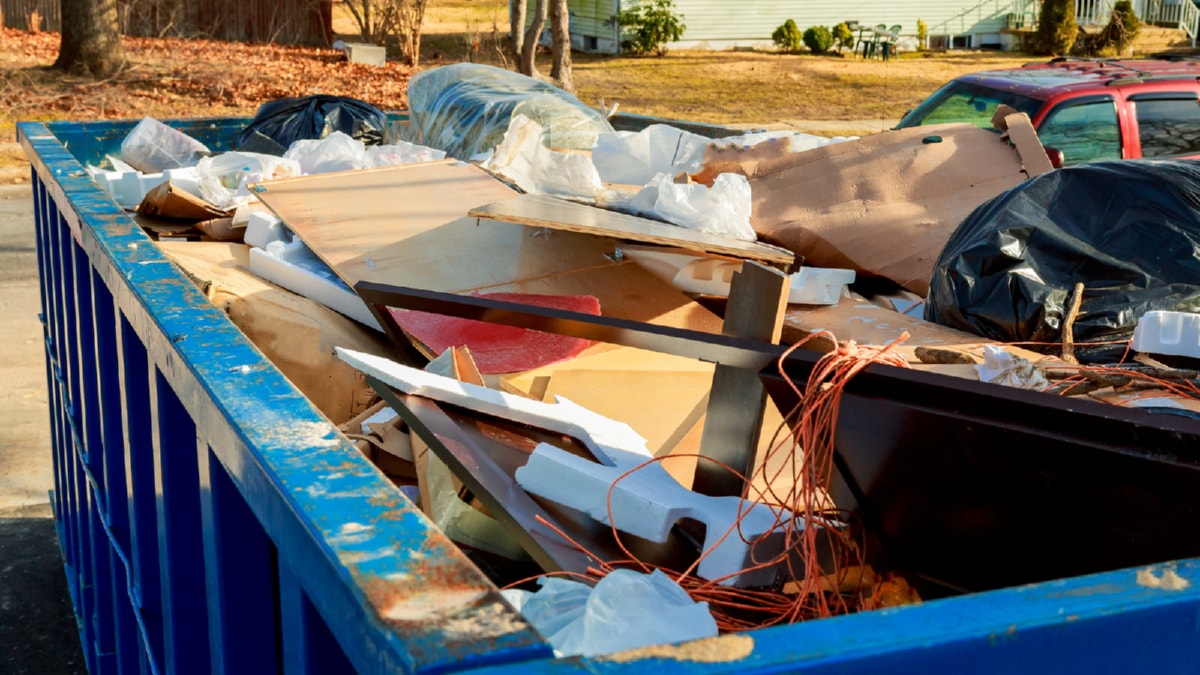The future of construction has a defining color – green. The global construction industry is shifting towards sustainable practices, with the year 2022 marking a significant phase in this evolution. This article aims to explore the cutting-edge trends in green building and sustainable construction that will shape the industry in 2022.
The immediate future of green building is characterized by innovation and technology, with sustainable construction methods and materials at the core. The industry’s primary focus is on reducing the environmental footprint while creating healthier, more energy-efficient spaces.
One of the most prominent trends is the increased utilization of renewable materials. Materials like bamboo, recycled steel, and ferrock are being preferred over traditional construction materials. Bamboo, in particular, is gaining popularity due to its remarkable strength and rapid replenishment rate. Similarly, ferrock, a carbon-negative material, is another promising construction material for the future, capable of absorbing CO2 during its hardening process, thereby contributing to the reduction of greenhouse gases.
Energy efficiency is another crucial aspect of the green building movement. Net-zero buildings, or buildings that generate as much energy as they consume, are expected to become more common in 2022. This trend is driven by the increasing use of renewable energy sources, such as solar panels and wind turbines, and energy-efficient features, including LED lighting and high-efficiency HVAC systems.
In 2022, we can also expect to see an increase in the use of Building Information Modeling (BIM). This advanced tool allows for better planning, design, construction, and management of buildings. In the context of green building, BIM helps in energy modeling and predicting the environmental impact of the building, thus facilitating the creation of more sustainable designs.
Green roofs and walls are another trend to look out for. They not only offer aesthetic appeal but also contribute to heat reduction, improved air quality, and creation of habitats. Similarly, rainwater harvesting systems are also expected to become more prevalent, helping to conserve water and reduce dependence on municipal water supply.
Additionally, the concept of sustainable urbanism is expected to gain more traction in 2022. This approach involves designing and building cities that promote sustainable living, with a focus on walkability, mixed-use development, and public transportation.
Lastly, the role of certifications and green building regulations is becoming more significant. Standards like LEED (Leadership in Energy and Environmental Design), BREEAM (Building Research Establishment Environmental Assessment Method), and WELL are instrumental in driving the adoption of green building practices. These certifications not only provide a framework for sustainable construction but also ensure the buildings meet specific criteria for energy efficiency, water conservation, and indoor air quality.
In conclusion, green building and sustainable construction are no longer niche sectors within the construction industry. They are set to become the norm in 2022 and beyond. The future holds a vision of the construction industry that is not only environmentally responsible but also creates buildings that are healthier, cost-effective, and energy-efficient. The journey towards this future is marked by innovative materials, advanced technology, and a renewed commitment to sustainability.
For more details, check best masonry services or visit their business listing here.



